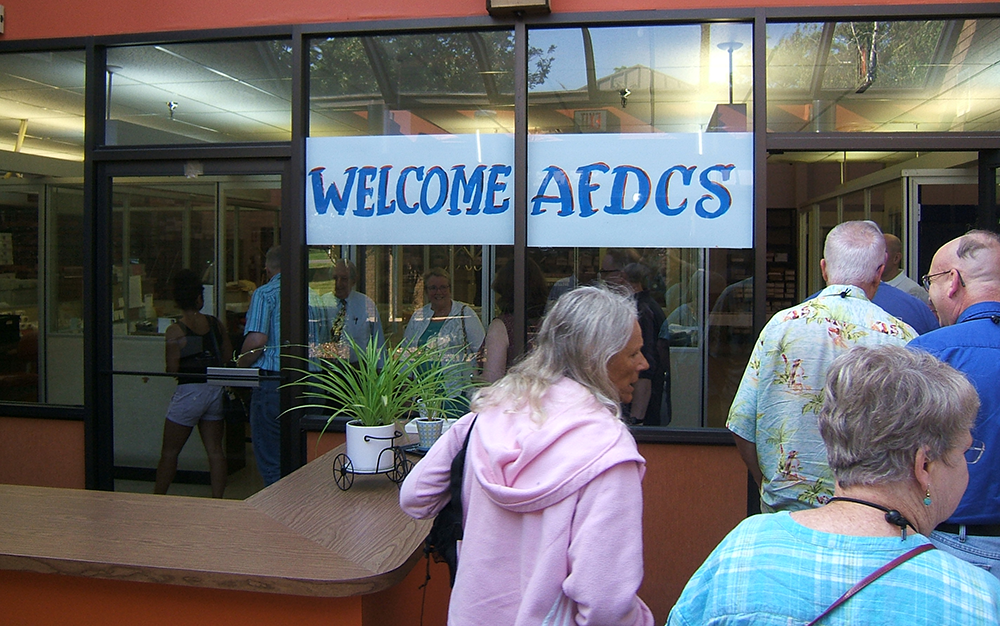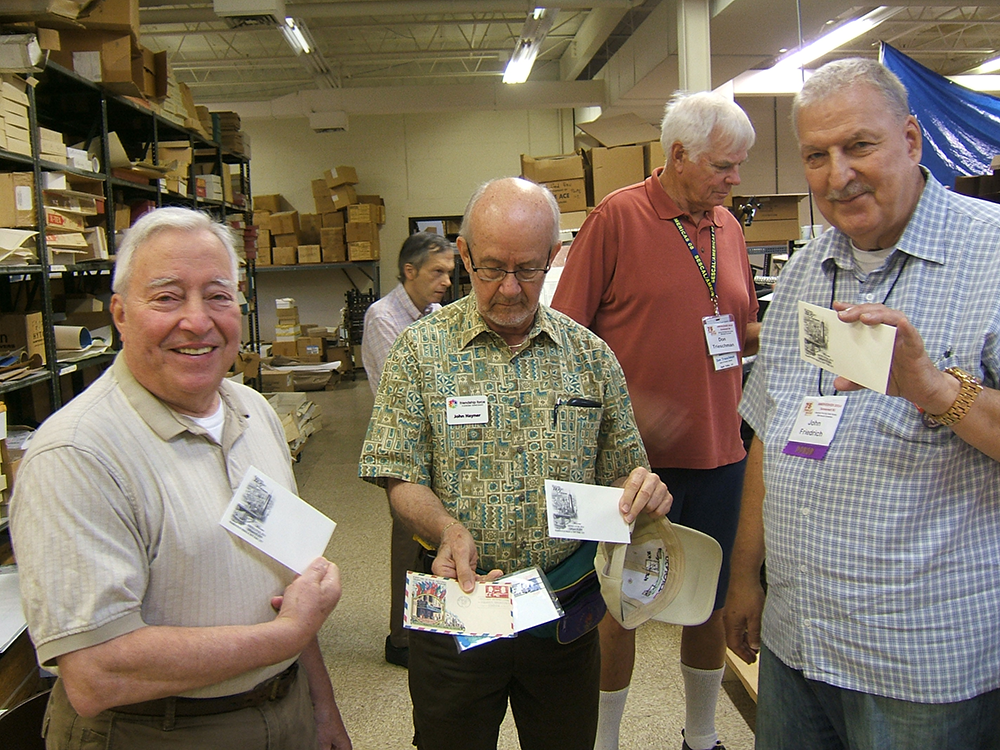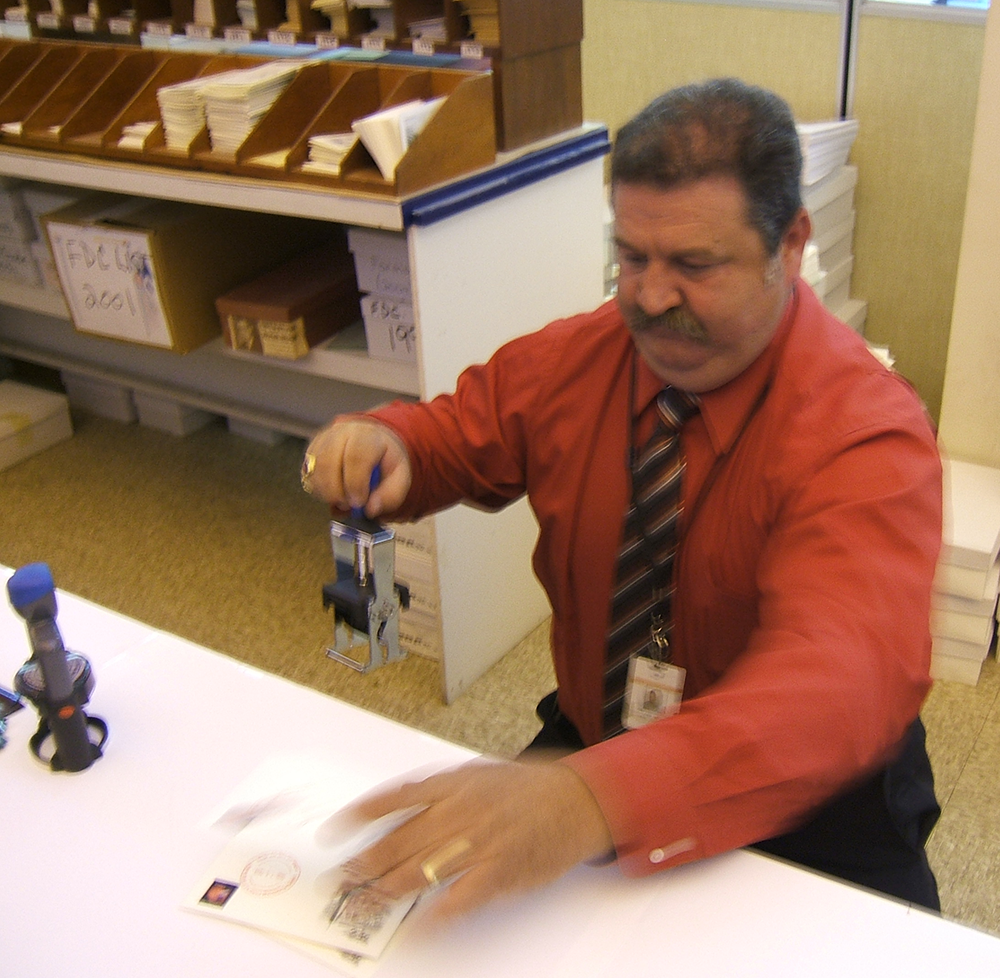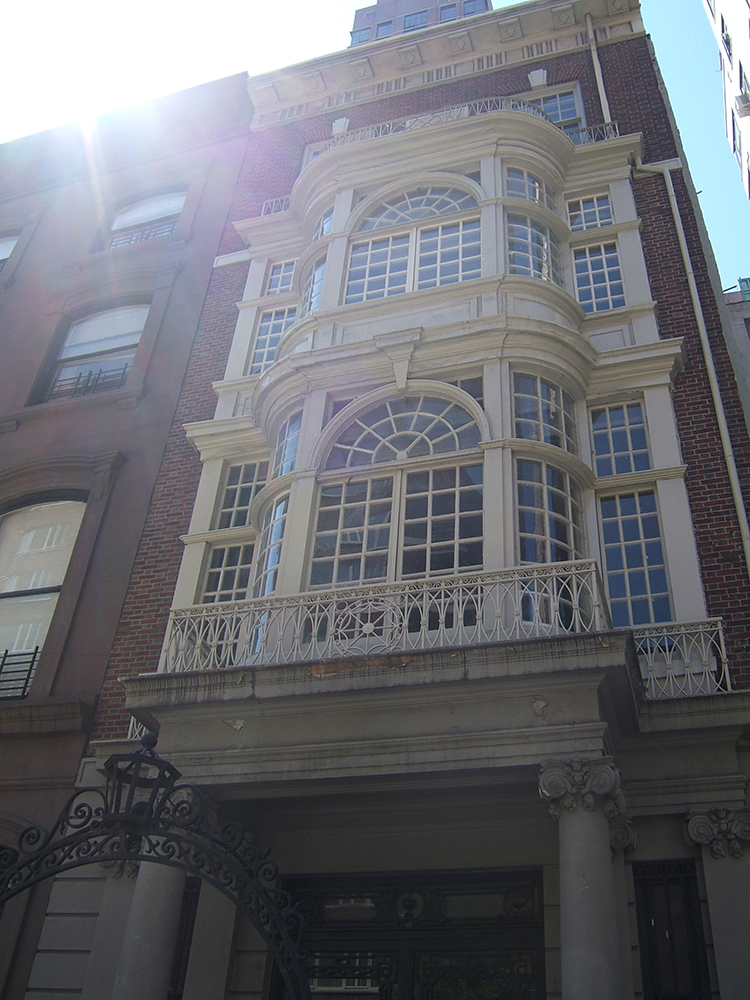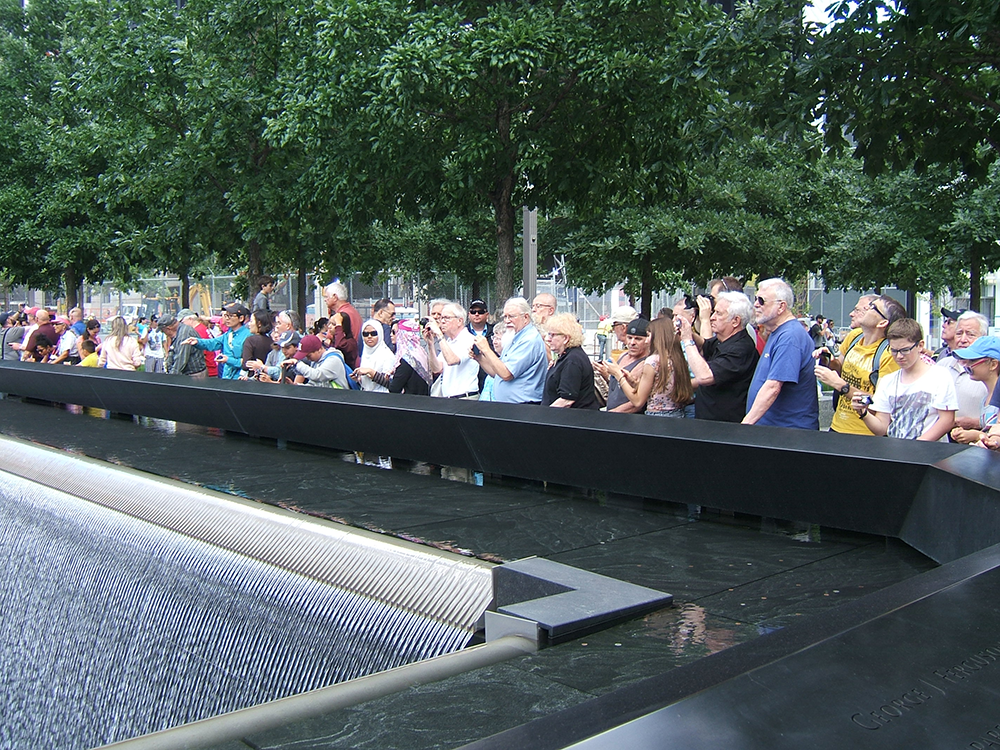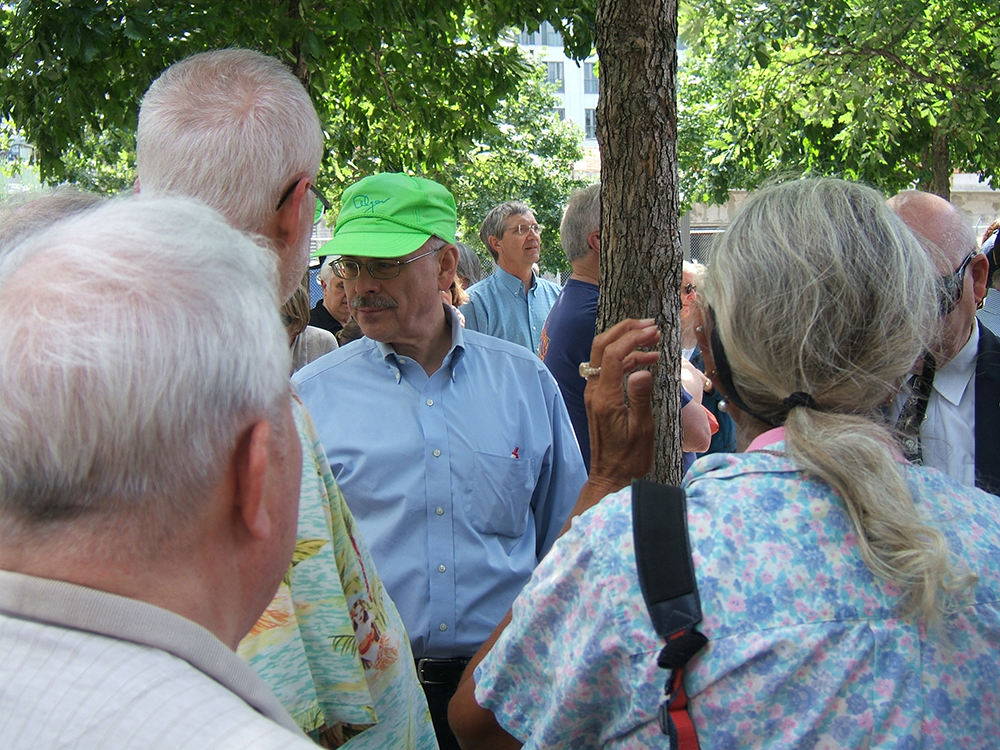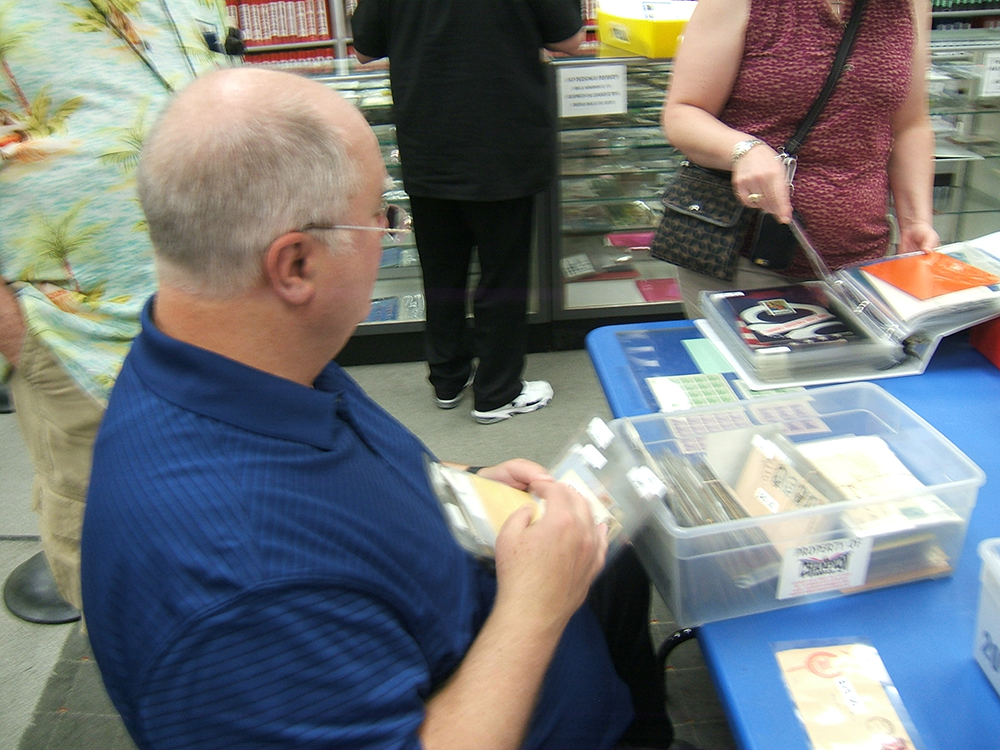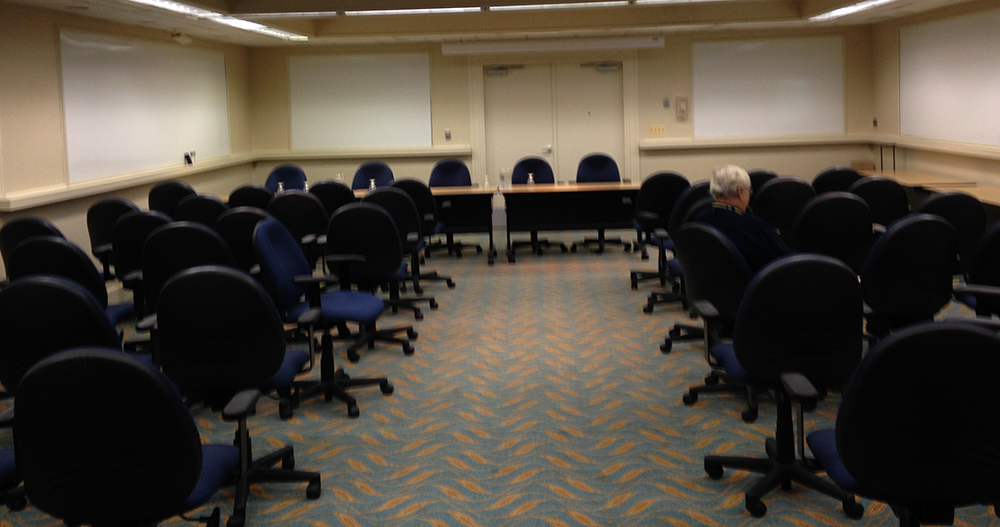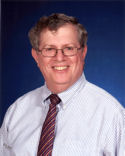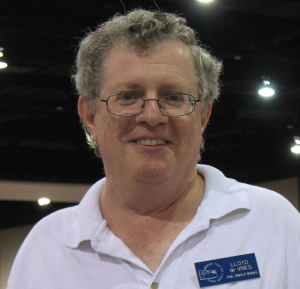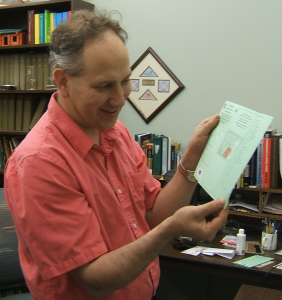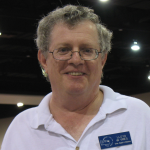I must be forgetting something significant: I have an hour or so before I have to leave for APS StampShow in Hartford (stopping in Westchester to visit my mother on the way), and… I’m all but packed. But it gives me some time to ruminate (think deep, wise thoughts) on the just-completed Americover 2014, the annual show, convention and fun-fest of the American First Day Cover Society.
I spent most of the four days (three of the show, the tour the day before) answering questions. The most prevalent was, “Where is the show next year?”
“We don’t know yet. We ran into a glitch with the hotel we thought was eager to host us again. We have to check out other venues now.”
“Well, have you considered…” and then the person would throw out a bunch of cities, big and small, practical and not.
Funniest of all were the people who would ask me about next year on Thursday, and then ask me on Saturday if we’d set the new venue yet.
But Americover Programs Chair Foster Miller got a question this past weekend that takes the prize: “What time is the 11 o’clock seminar?”
-0-
Besides answering questions, there is an awful lot of work that goes into Americover during Americover. If I start naming names, I’ll leave out someone deserving of recognition, but I do want to mention a few who are often overlooked: Kerry Heffner handles exhibits, from soliciting them to coming up with the prizes to mailing the exhibits back to their owners, complete with palmares (list of awards) and those prizes.
Cynthia Scott handles all the “back room” processing before the show opens: Registration, event ticketing, and putting together the name tags and other goodies in your registration packet.
Howard Tiffner is bourse chair, which means he corrals and then herds the dealers and is in charge of setting up and taking down the bourse and exhibits area. One of the great things about being a stamp dealer is the independence to operate exactly how you want…unless you’re the bourse chair trying to make all those dealers happy.
-0-
Some dealers always have good shows, no matter how much or how little they make. Others always have bad shows, no matter how much or how little they make. After awhile, you learn to spot who is who.
-0-
Several years ago, as Publicity Chair, I put out a press release announcing the following year’s show, starting with “After another successful Americover….” Someone jumped on me: “How can you say that?! You call that a successful show?! Sales were off, traffic was slow, it rained all weekend, and I lost money at the casino each night.”
I replied that no one had died, no one got in a fist fight, no one was arrested for stealing, and no bull defecated in our bourse area (as happened at Americover 2000). I call that a successful show, I said.
Many years ago, as a high school senior, I was handling publicity for the adult band-boosters association raising money to send our band to Europe for a week. The job included writing an article for the local paper after each meeting. One week, the chair and vice chair, an attorney and a physician, got into a screaming argument for… well, it seemed like an eternity. And that was about all that happened at the meeting, since everyone else couldn’t wait to leave.
“How am I going to write this up for the paper?” I thought. “I can’t tell what really happened!” And then it hit me:
“After a spirited discussion…”

 From Thursday’s tour:
From Thursday’s tour: